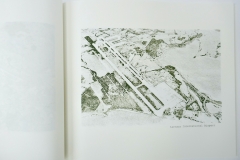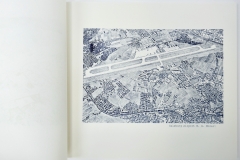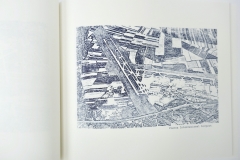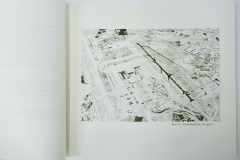The layout of European airports varies from single-runway to complex, cross-runway configurations. In the early days of aviation, priority was given to ensuring that aircraft took off and landed into the wind and not to the flow of traffic. As a result, many airports in Europe were constructed with runways pointing in numerous directions, leading to complex layouts with multiple intersecting runways. As air travel grew in popularity, these airports struggled to keep up with increased volume; when a crossing runway is used for takeoff and landings, the others cannot be used until the crossing traffic is clear. In recent decades, airport configuration favours multiple runways running parallel to one another as opposed to intersecting runways.
This book looks at the profile of a selection of European airports and the constraints which have shaped them, aeronautical, topographical and environmental. Viewed from above, these manifest as unique recognisable arrangements of intersecting lines composed of runways, taxiways and aprons attached to a terminal building.
Printed on a Gestetner Neo Cyclostyle duplicator c. 1890 on Munken Pure Rough 120gsm paper using Riso soy ink. Data source: ICAO airport code and SKYbrary Airport Directory.










